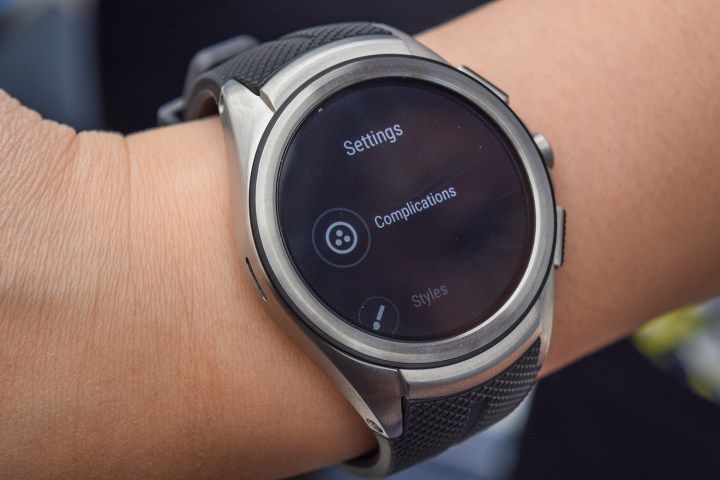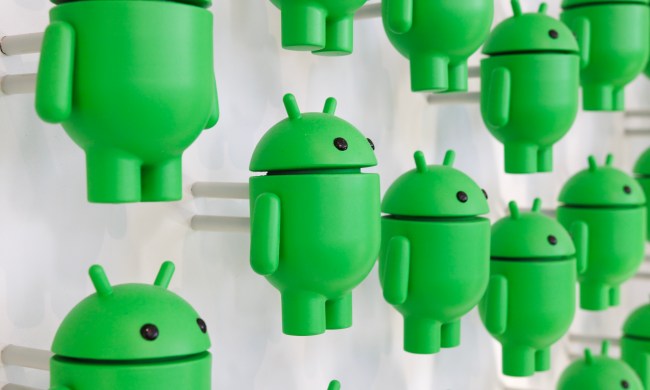
On Tuesday, Hoi Lam, a wearables developer advocate at Google, highlighted a key new feature of Android Wear 2.0: Incremental updates. Smartwatches that are running now get bug fixes, feature enhancements, and other improvements delivered via the Google Play Store, Google’s one-stop software shop.
The first of such updates went out in early October, Lam said, and added third-party chat app support to Wear’s Contacts app, made the Google Play Store easier to find for new users, and reduced the touch sensitivity of the watch face selection screen. More are on the way.
“With Android Wear 2.0, new features can be delivered through the Play Store, when the Android Wear app on your watch is updated,” Lam said in a Google+ post. “The aim is to publish more timely improvements between OTAs […] Hope you like them and more to come in the coming months.”
That bodes well for future Android Wear releases, which historically haven’t been timely. The reason? Bugs. Android Wear 2.0, which was unveiled in fall 2016, was pushed back to early February 2017. But when the promised launch window rolled around, only four smartwatches — the Moto 360 Sport, LG Watch Urbane 2nd Edition LTE, Asus ZenWatch 2, and ZenWatch 3 — got the new firmware. Google chalked the delay up to unforeseen software problems.
Even when development goes smoothly, though, smartwatch manufacturers still have to implement support for individual watches’ buttons and sensors. And some insist on adding custom watch faces, apps, menus, and other complications, which takes more time.
With any luck, incremental updates will help turn things around more quickly.
